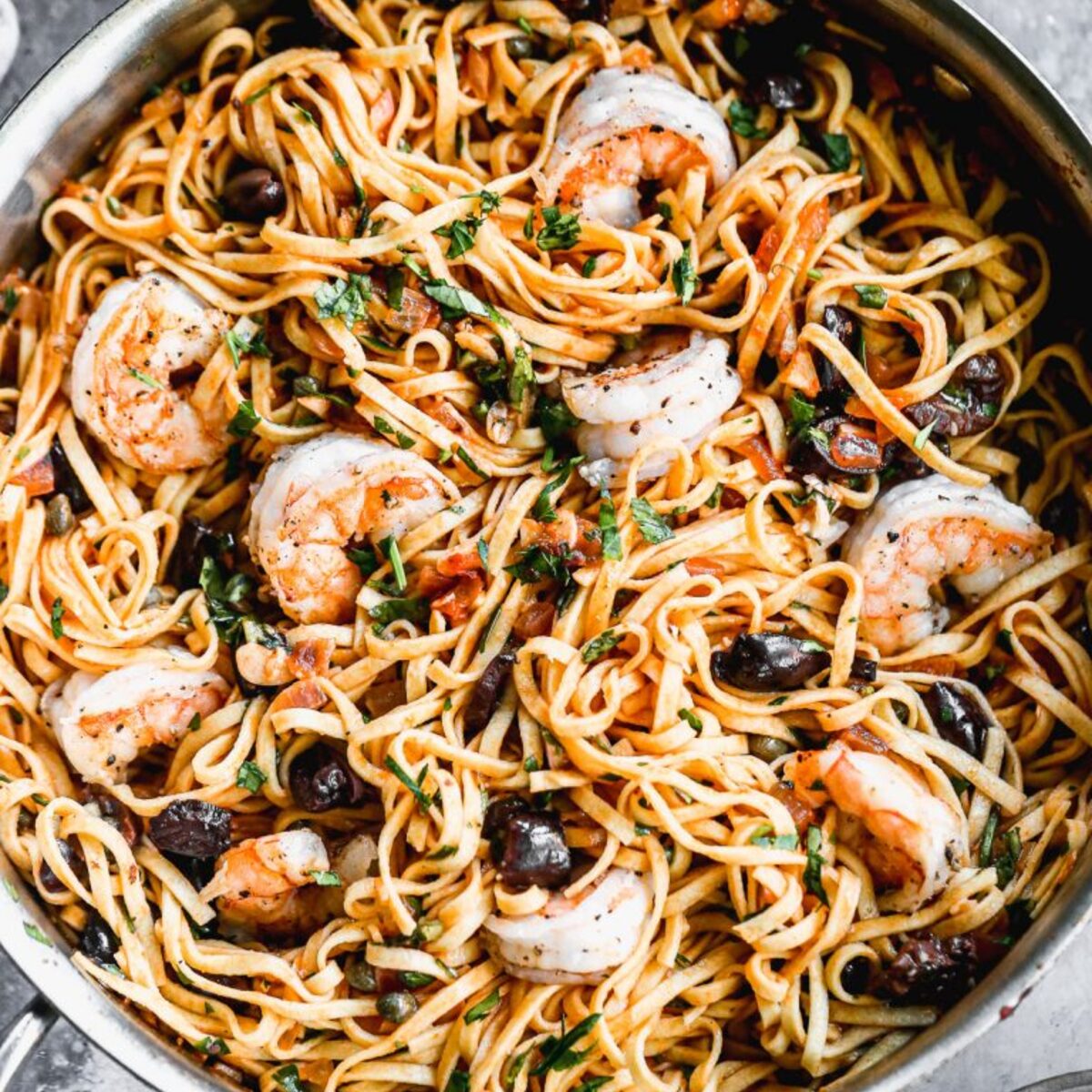ITALIAN
Italian cuisine (Italian: Cucina italiana) is a Mediterranean cuisine consisting of the ingredients, recipes and cooking techniques developed across the Italian Peninsula since antiquity, and later spread around the world together with waves of Italian diaspora. Significant changes occurred with the colonization of the Americas and the introduction of potatoes, tomatoes, capsicums, maize and sugar beet — the latter introduced in quantity in the 18th century. It is one of the best known and most appreciated gastronomies worldwide. Italian cuisine includes deeply rooted traditions common to the whole country, as well as all the regional gastronomies, different from each other, especially between the north and the south of Italy, which are in continuous exchange. Many dishes that were once regional have proliferated with variations throughout the country. Italian cuisine offers an abundance of taste, and is one of the most popular and copied around the world. The cuisine has influenced several other cuisines around the world, chiefly that of the United States. One of the main characteristics of Italian cuisine is its simplicity, with many dishes made up of few ingredients, and therefore Italian cooks often rely on the quality of the ingredients, rather than the complexity of preparation. Italian cuisine is at the origin of a turnover of more than €200 billion worldwide. The most popular dishes and recipes, over the centuries, have often been created by ordinary people more so than by chefs, which is why many Italian recipes are suitable for home and daily cooking, respecting regional specificities, privileging only raw materials and ingredients from the region of origin of the dish and preserving its seasonality.
SHRIMP PUTTANESCA RECIPE
From TasteofHome
Ingredients
2 tablespoons olive oil, divided
1 pound uncooked shrimp (31-40 per pound), peeled and deveined
3/4 to 1 teaspoon crushed red pepper flakes, divided
1/4 teaspoon salt
1 small onion, chopped
2 to 3 anchovy fillets, finely chopped
3 garlic cloves, minced
2 cups grape tomatoes or small cherry tomatoes
1/2 cup dry white wine or vegetable broth
1/3 cup pitted Greek olives, coarsely chopped
2 teaspoons drained capers
Instructions
In a large skillet, heat 1 tablespoon oil; saute shrimp with 1/2 teaspoon pepper flakes until shrimp turn pink, 2-3 minutes. Stir in salt; remove from pan.
In same pan, heat remaining oil over medium heat; saute onion until tender, about 2 minutes. Add anchovies, garlic and remaining pepper flakes; cook and stir until fragrant, about 1 minute. Stir in tomatoes, wine, olives and capers; bring to a boil. Reduce heat; simmer, uncovered, until tomatoes are softened and mixture is thickened, 8-10 minutes.
Stir in shrimp. Add sugar to taste; sprinkle with parsley. If desired, serve with spaghetti.
 Photo from CookingforKeeps
Photo from CookingforKeepsItalian-American food is based primarily on the culinary traditions of Southern Italian immigrants, although a significant number of Northern Italian immigrants also came to the United States and also influenced this style of cuisine to some extent. Italian-American food and Mediterranean cuisine has been highly influential in the American diet. It is one of the top three cuisines in the United States, according to the National Restaurant Association. Pizza and pasta are also common dishes in the United States; however, they are often presented in very different forms than in Italy. There is a legend of Marco Polo importing pasta from China which originated with the Macaroni Journal, published by an association of food industries with the goal of promoting pasta in the United States. However, it is likely that, like pizza and risotto, pasta came during the wave of immigration from Southern Italy in the late 19th to early 20th century.